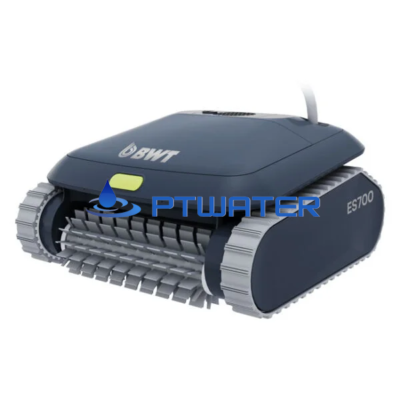




Waste water treatment technology in Vietnam is the application of environmental science and technology. The environment is of special importance to the survival and development of human life. Therefore, environmental protection is always one of the key and urgent tasks of every developing country.
NT is produced in many areas that contain a lot of acid or alkali. To prevent cavitation in drainage works. Avoidance of biochemical processes in the cleaning works and in the lake, rivers are not destroyed, one must neutralize those types of NT. Neutralization also aims to make some heavy metal salts settle down and separate from the water.
Acids are chemical compounds that are soluble in water and have a sour taste. Typically, the acid is any substance that produces a solution with a pH less than 7 when it is dissolved in water. The smaller the pH, the stronger the acidity. Substances with acidic properties are called acidic. In science, acids are molecules or ions capable of yielding protons (H + ions). Give the base, or receive the non-base pair (s). The reaction between the acid and the base is called a neutral reaction. The product of this reaction is salt and water.
The neutralization process is carried out in a continuous-cycle continuous neutralization tank. NT after neutralization can be deposited in the sedimentation ponds. And if favorable conditions these lakes can store can be deposited for about 10-15 years.
Deposition of sediment depends on concentration of acid, heavy metal ions in NT. Depending on the type and dosage of the chemical, on the level of sedimentation, … For example, when neutralizing NT by lime processed from lime market containing 50% active CaO will create the largest residue.
For NT production, chemical neutralization is rather difficult because the composition and flow of NT in neutral stations fluctuate greatly in day and night. In addition to the need to build large-capacity air conditioning tank, there must be an automatic device to regulate the amount of chemicals. The main parameter for common regulation is pH. In practice it is necessary to experiment with each type of NT. To carry out neutral measures, because this contains many organic compounds, acids, weak dissociation salt affect the pH electrochemical.
If NT contains too much acid or alkalinity to the extent that it can not be neutralized by mixing it with other chemicals. Chemicals are local industrial scrap. This method is usually used to neutralize acid. To neutralize inorganic acids, use any basic solution. Cheap and easy chemicals are Ca (OH) 2, CaCO3, MgCO3, dolomite. NaOH and soda ash are only used when they are scrap. The chemical dosage is determined under conditions that completely neutralize free acid and take a slightly larger calculation.
This is a relatively economical way to neutralize NT containing alkali because the gas from the well-burnt chimney usually contains about 14% CO2.
This method is used when NT is acid and alkaline NT. Both NTs do not contain other pollutants.
Use for HCl, HNO3, H2SO4 with content less than 5g / l and do not contain heavy metal salt. Procedures: for exposure to the tank material is limestone, magnesite, marble, dolomite. Particle size 3-8 cm with speed dependent on material but not more than 5m3 / h. The exposure time should not exceed 10 minutes. Wastewater can move horizontally or vertically in the filter tank.